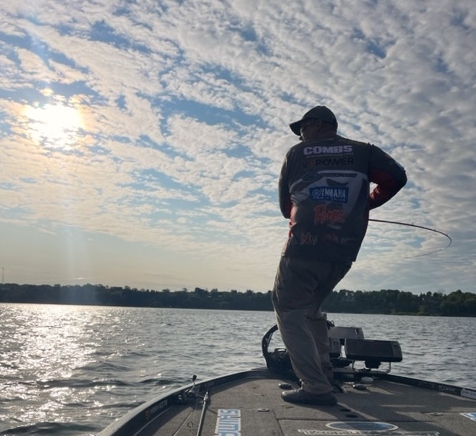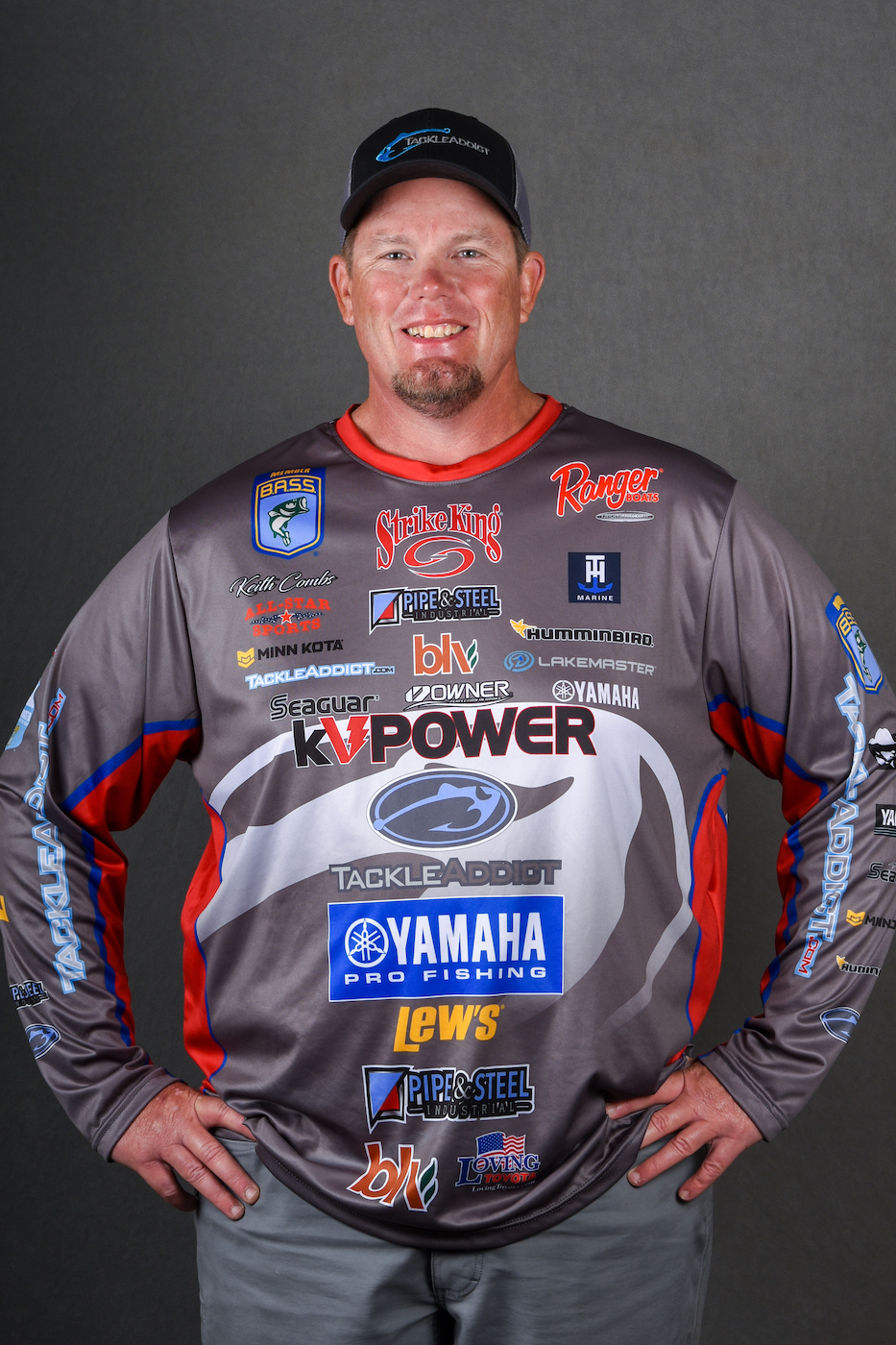
Growing up in central Texas, I gained experience on various types of lakes, but the one thing I didn’t do a lot was fish grass. The lakes close to home didn’t have a lot of vegetation, but one summer a previously-barren local fishery exploded with hydrilla. It was everywhere. The banks that I’d previously fished with a crankbait were completely covered, and the brushpiles I’d previously fished with a jig were not as productive.
I had to give myself a crash course in fishing vegetation. It was a steep learning curve, but it paid off when I started competing in tournaments on Toledo Bend and Rayburn. I’m proud to say that many of my greatest successes as a professional angler have come on grass-filled fisheries.
I understand that for many of you going to a new lake that is choked with greenery can be overwhelming. It doesn’t have to be. By following some simple steps, and relying on a handful of proven bait categories, you can become a grass expert in no time.
The first key is to find an area that you suspect is likely to have a large population of bass. I’ll typically look at my map and pick a big flat. Then start looking for the things that you seek out whenever there’s not any grass – edges, canopies and irregularities. While your electronics can help, a lot of times the most important tool in your boat will be your eyes. Look for sand spots, places where milfoil and hydrilla combine, really anything that’s a little bit different.
After that, it’s a commitment. Recognize that you’re not going to cover the whole lake. A run-and-gun strategy will likely be self-defeating. Just get in an area, hunker down and try to get a couple of bites. The first few will help you develop a strategy. Oftentimes you can fish hundreds of yards and then come into a big group in just a little area. Sometimes it won’t be obvious why they’re there.
Last year in La Crosse I was covering huge flats with a swim jig. After a while I caught one, and then some more came up schooling. They were concentrated in a tight little area, but the only reason I figured out why was because we’d had some rain. The incoming dirtier water exposed a little sliver of current. It was a ditch snaking through the flat, but it wasn’t on any map. I almost won the tournament there, and had that dirtier water not been entering, I never would have known what was holding the fish.
There are lots of different choices of baits, and of course your preferences may depend on the prevalent forage and the time of year, but there are certain standards that are near-universal.
The first is a vibrating jig. I like the Strike King Tungsten Thunder Cricket because it allows me to cover water and simply gets bit around vegetation. Any time that the water is over about 50 degrees I’ll supplement that with a topwater. A buzzbait is often a good choice because it likewise allows you to cover water, it comes through cover well and it tends to produce larger-than-average bass. You’ll also want something to punch with and a Strike King Rage Bug behind a 3/4- or 1-ounce weight is hard to beat.
One trap that many anglers fall into when trying to break down grass is just to fish aimlessly, waiting for a bite. I get it – it’s not like it’s a bank with a key dock where you’ll expect the biggest, baddest bass to be sitting. Pay attention to those little differences and try to put some clues together.
Also, be sure to be stealthy because grassy areas typically have clearer water. If I can use the wind to drift, that’s what I’ll do, but in a pinch I’ll use my ultra-quiet Minn Kota Quest sparingly.
You’ll also want to scale up your gear to power big fish out of the thick cover. I normally fish my vibrating jigs on 15-pound test Seaguar fluorocarbon, but in thick grass I’ll go up to 20 or even 25. I’ll often switch from a glass rod to a graphite model too. When I flip, I use my old-school broomstick, a Shimano Expride 7-foot, 6-inch XXH.
These days, if a lake has some grass in it, it’s usually my starting point. I go into a tournament figuring that if I can find a main flat’s biggest school of fish, they’ll often replenish as the event goes on. If I can have them to myself, it’s a great way to win a tournament.





